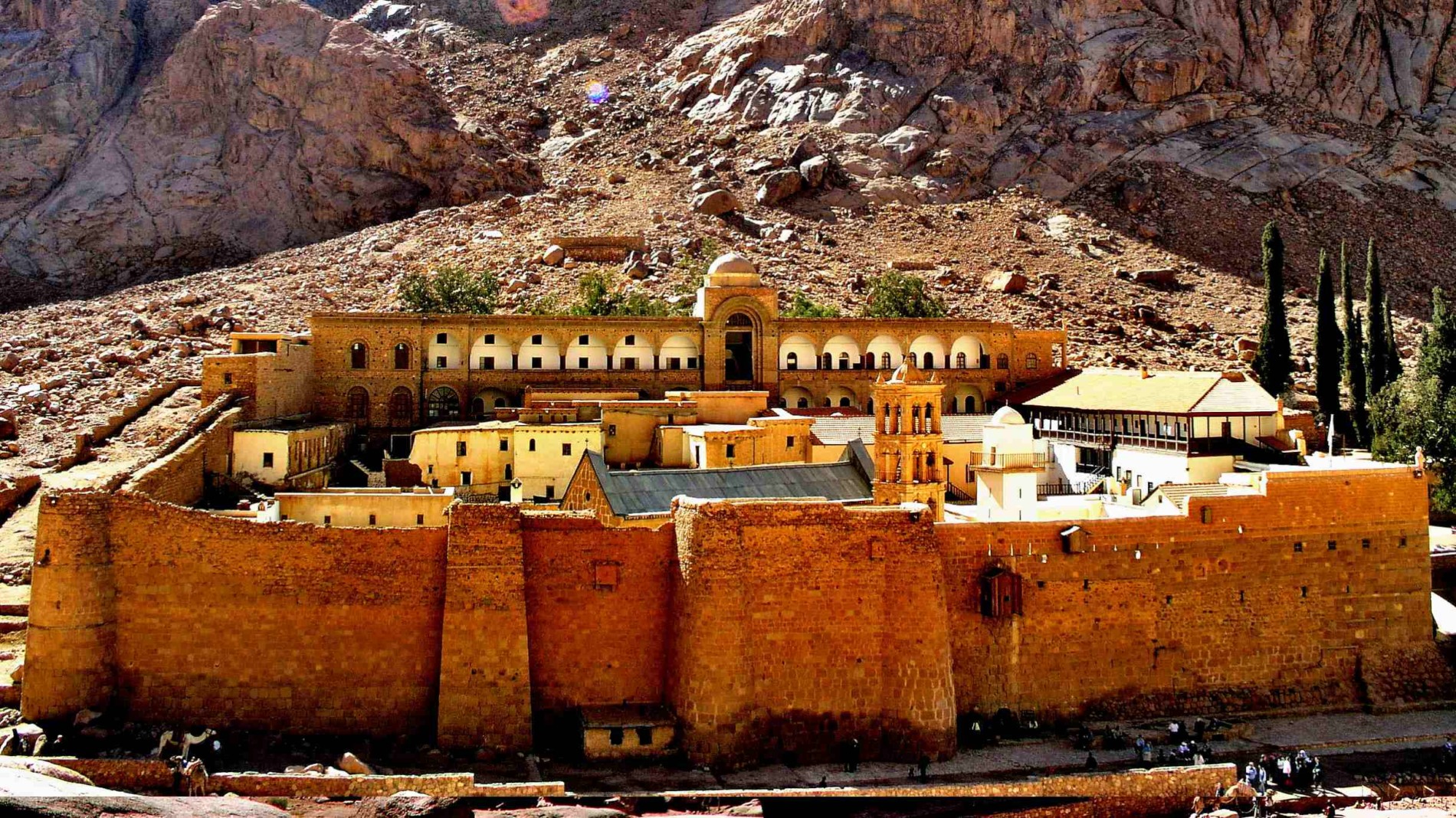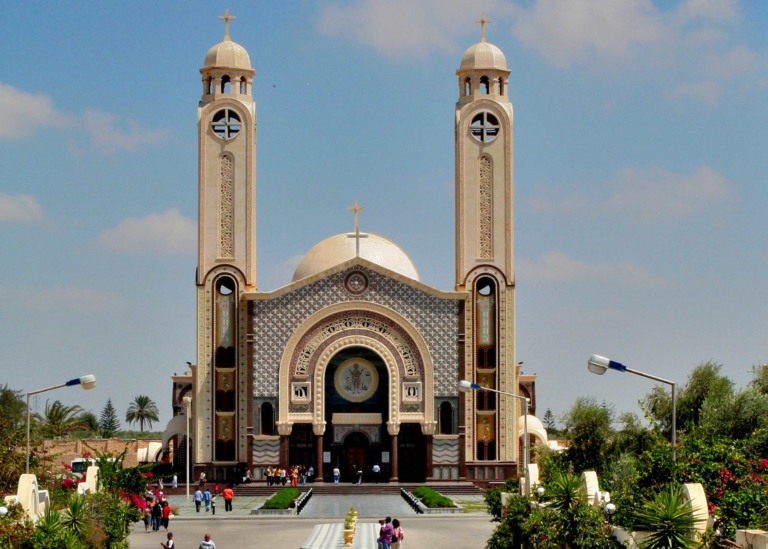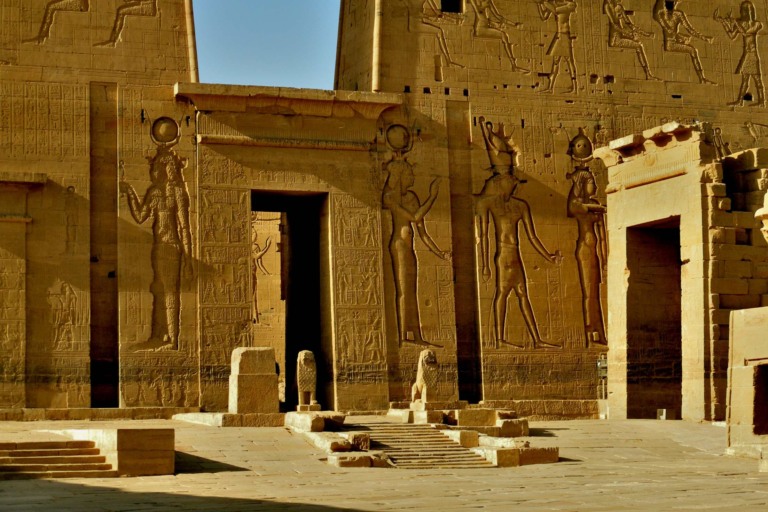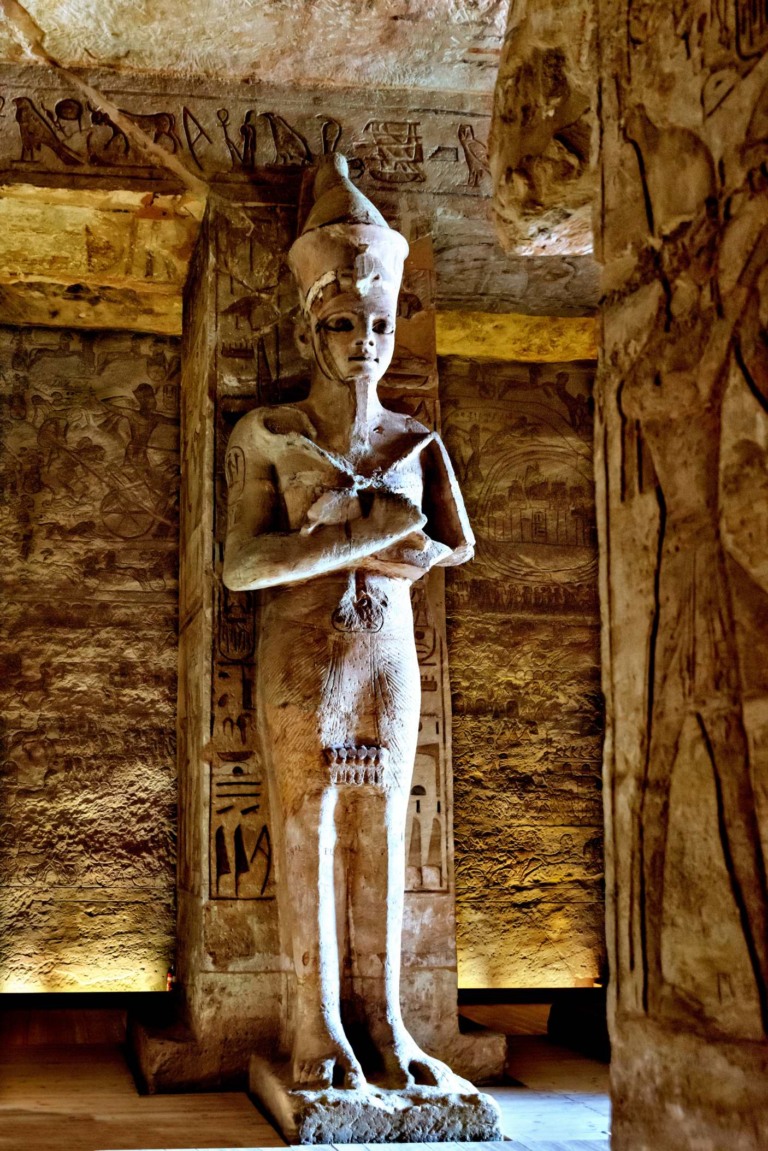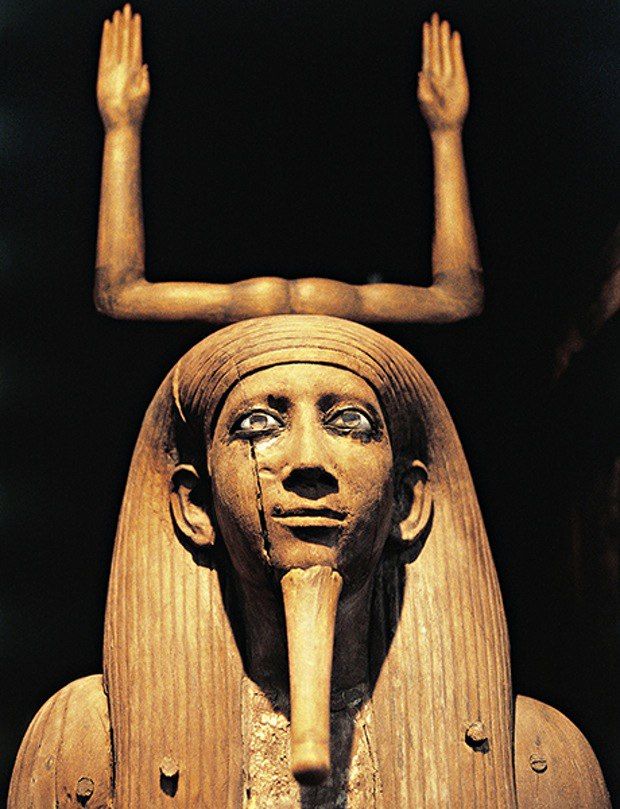Saint Catherine Monastery is also called the Sacred Autonomous Royal Monastery of St. Katherine of the Holy and God-Trodden Mount Sinai. It is a monastery for Eastern Orthodox Christians and is at the foot of Mount Sinai on Egypt’s Sinai Peninsula. From here, Moses got the Tablets of the Law, according to the Old Testament. Muslims worship the mountain and call it Jebel Musa. Three of the world’s religions, Christianity, Islam, and Judaism, all hold this area in high regard.
Saint Catherine Area
Saint Catherine’s Monastery was started in the sixth century, which makes it the oldest Christian monastery that is still used for its original purpose. Its walls and buildings are very important for studying Byzantine architecture, and the monastery has some of the best collections of early Christian manuscripts and icons. The monastery looks great against the rough, mountainous landscape, which has many religious and archaeological sites and monuments.
The al-Tor Mountains, Mount Sinai, and the Saint Catherine Monastery are all important places in the area. This is a very old place that is very important to all three Abrahamic religions. It is in the mountains of Egypt’s Sinai Peninsula, close to the borders with Israel and the blockaded Gaza Strip. In 2002, UNESCO named the small city that links these places a World Heritage Site. They did this because it is important to all the major religions and has well-kept Byzantine architecture.
Mount Sinai Egypt
Christians, Muslims, and Jews all believe that God gave Moses the Ten Commandments on Mount Sinai. In Arabic, this mountain is called Jabal Musa, which means “the Mountain of Moses.” The Book of Exodus in the Hebrew Bible tells this story. The Bible says that the Ten Commandments were written on two pieces of stone. Christians, Muslims, and Jews all act according to the same rules. The commandments are some of the best-known parts of the Old Testament. Each of them starts with the words, “thou shalt not.”
This mountain was also called Mount Horeb in the Old Testament. Muslims believe that Moses waited in a cave at the top for God to give him the law. Twelve freshwater springs make up the Moses Springs in Saint Catherine. Every spring has a Moses story to tell. Only seven of the original 12 springs still exist after being ignored for years and falling apart. The Egyptian government began a project to fix them up in 2015.
More than just its religious importance, the area around Saint Catherine was very important. It was also important because it was in the middle of the Levant and Egypt and because the mountains had minerals. In the 16th century BC, gold and copper came from this area, which was part of the ancient Egyptian empires.
St Catherine’s Monastery Egypt
The oldest monastery still in use in the world is the Eastern Orthodox Church of Saint Catherine. It is at the base of Mount Sinai and still has a lot of old manuscripts. The monastery was built between 548 and 565 CE, when the Byzantine Emperor Justinian was in charge. It had high walls and towers to keep attackers away. A lot of the original exterior of the church is still there, and people still come to see it.
Inside the monastery, a restored mosaic shows a scene from the New Testament called “transfiguration.” Three of Christ’s disciples were present to witness this scene, which appears to be filled with light. The scene shows how God made himself known to the people. The monastery also has one of the world’s oldest libraries, which has always been open. The library has rare and old manuscripts.
The Well of Moses, which is also sometimes called the Well of Jethro, is another important part of the monastery that many pilgrims visit every year. The Torah says that Moses was resting by the well when the seven daughters of Jethro came to get some water. Shepherds tried to frighten them away, but Moses helped them. Jethro was grateful to Moses, so he invited him to his house and offered his daughter Zipporah to him as a wife.
Burning Bush Egypt
People who believe in God say that the “Burning Bush” story, which is also in the Book of Exodus, happened in the Saint Catherine area. Some people think that a bush at the Saint Catherine Monastery is the same bush where the Bible says God spoke to the prophet. Christians, Muslims, and Jews all say that this is when Moses was given the job of leading the Israelites out of Egypt. Muslims also believe that God told Moses to take off his sandals near the Burning Bush because he was standing on holy ground.
St Catharines Mosque
St. Catherine’s Mosque is also in the area. It used to be a chapel, but Al-Amir bi-Ahkam Allah, the Fatimid caliph, turned it into a mosque in 1106 CE. The mosque features a unique pulpit featuring Fatimid-era decorations. During the Islamic month of Ramadan, when many people fast, the mosque becomes a very important place for people to meet. Sources from the past say that the mosque was a place where pilgrims on their way to Mecca could stop and rest. Most Bedouins now go to the mosque, and they still take care of it and the area around it.
St. Catherine’s Today
The area around Saint Catherine is very different from the flashy resorts on the southern coast of Sinai. There are no skyscrapers or ostentatious luxury hotels in the area. Instead, it is known for the Bedouin people, who have lived there for more than 1,400 years and still make up the majority of its population. The Jebeliya, whose name comes from the Arabic word for mountain, is a well-known Bedouin tribe in the area. Since Emperor Justinian sent 200 soldiers to guard a monastery, the clan has been around.
A lot of the soldiers came from places near the Black Sea. They moved there and had children with people from Arab tribes. Over time, their children converted to Islam. One of the main ways people in the area make money now is through tourism. In the past few years, though, the coronavirus pandemic and other problems with law and order have hurt it.
People in the community farm and raise goats to feed their families and sell what is left over when times are hard. Bedouins have grown used to the harsh and unpredictable weather, and they will move from place to place to avoid bad weather. Most tribes live in stone homes at lower elevations during the winter. They move to homes with gardens that are higher in the summer.
At night, Bedouin families get warm by sitting around a fire, where they cook food and make tea. In the area, camel racing is a popular sport, and tourists use the animals to help them get up the mountain at sunrise. One of the most popular things for tourists to do is the “three peaks challenge.” It involves hiking up Egypt’s three tallest mountains, Mount Catherine, Mount Sinai, and Mount Abbas.
